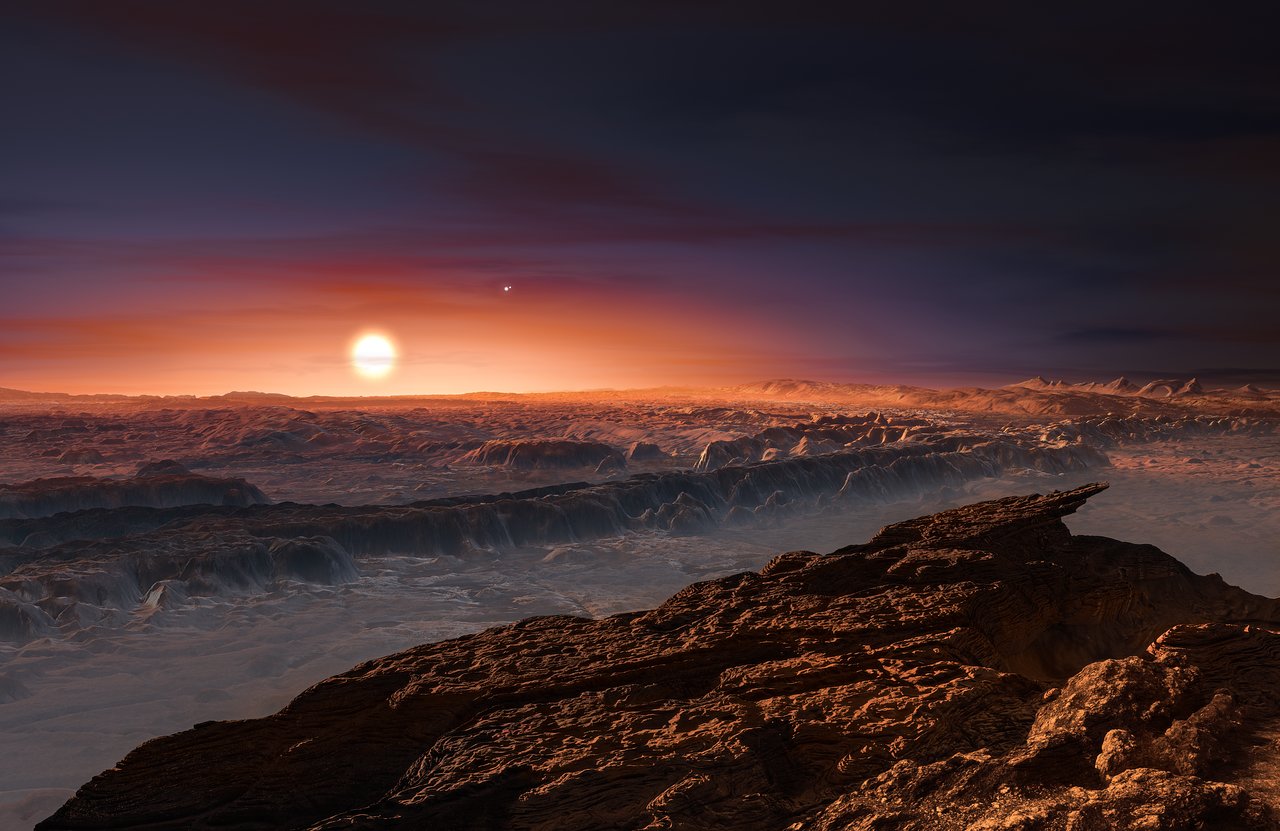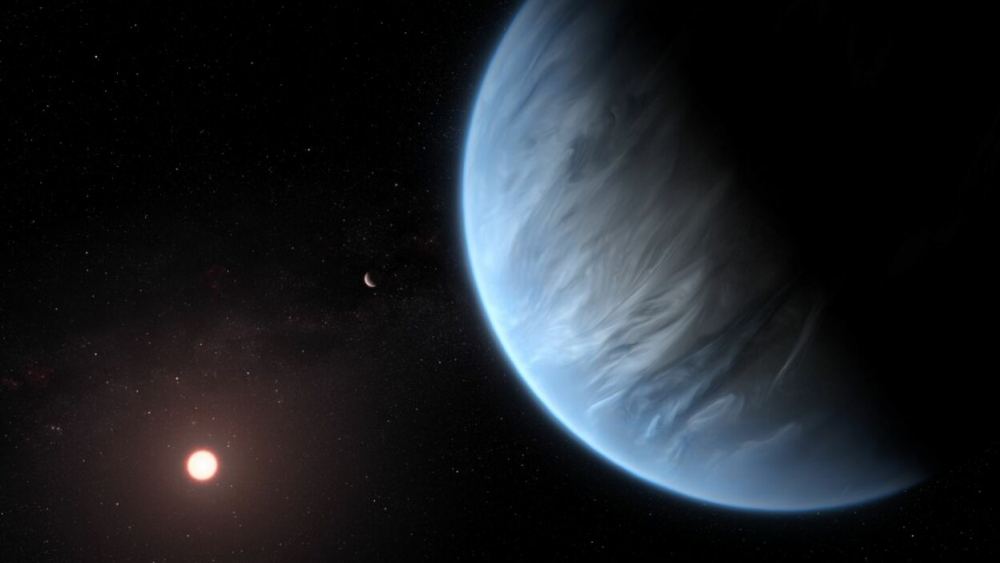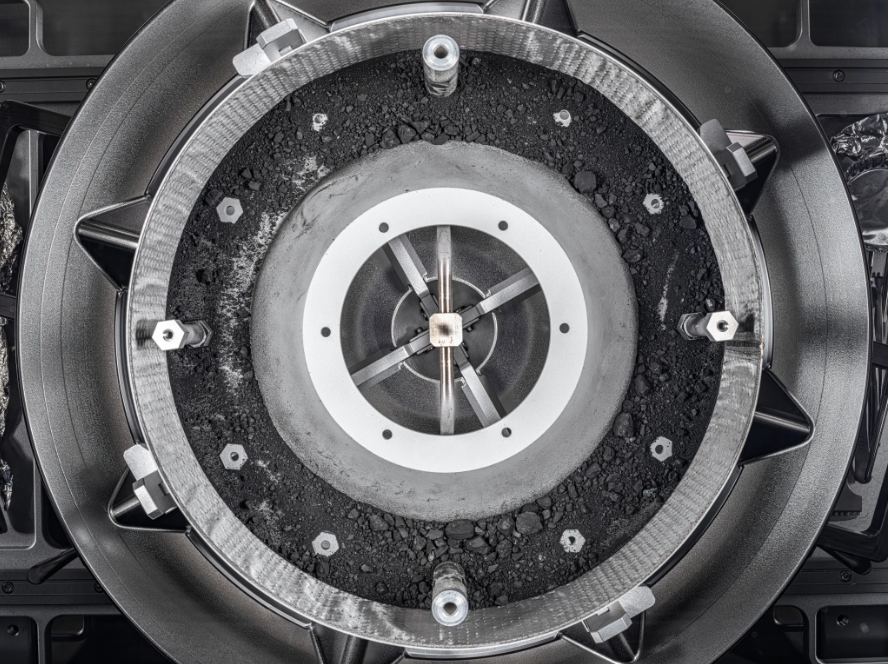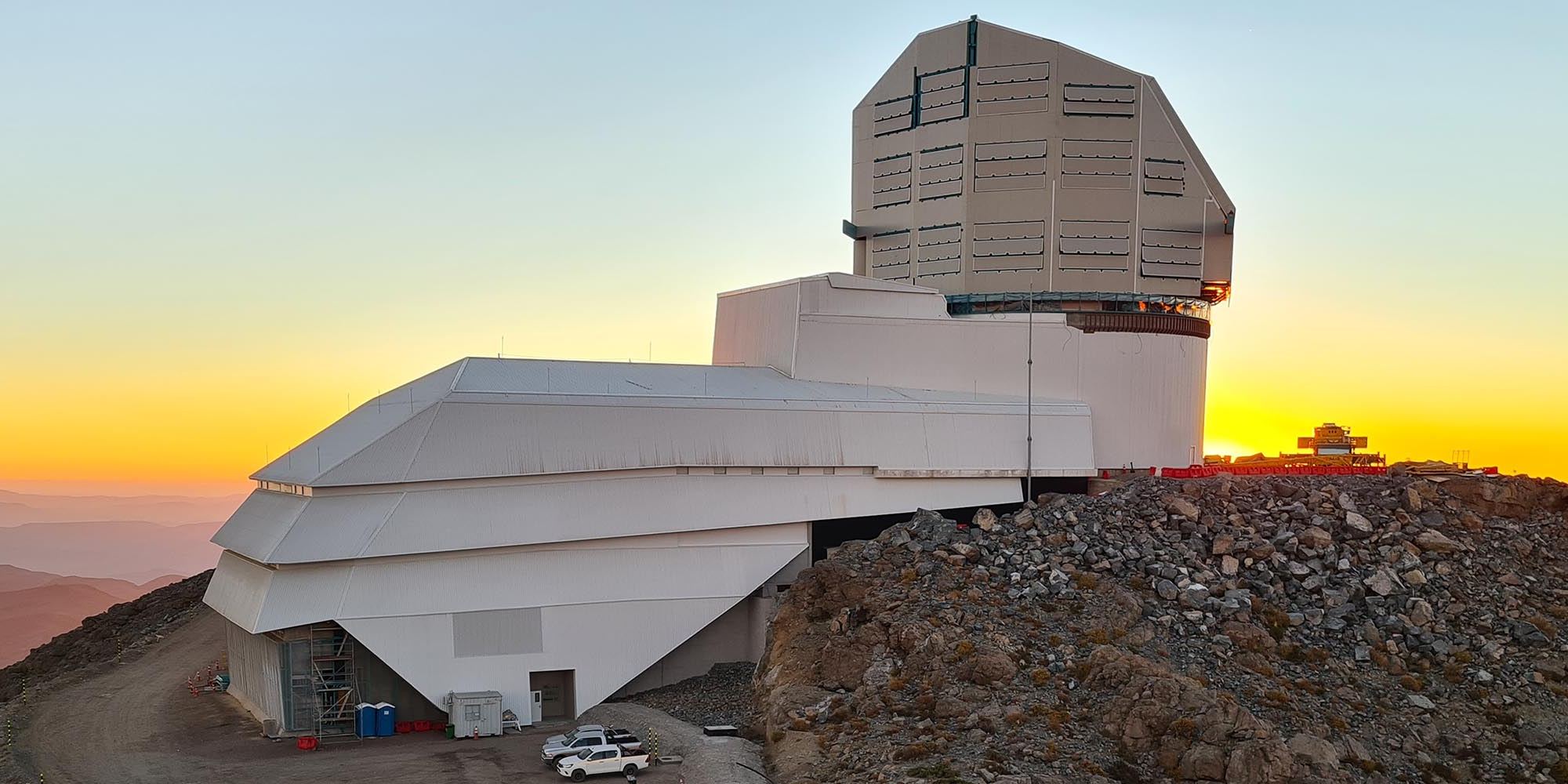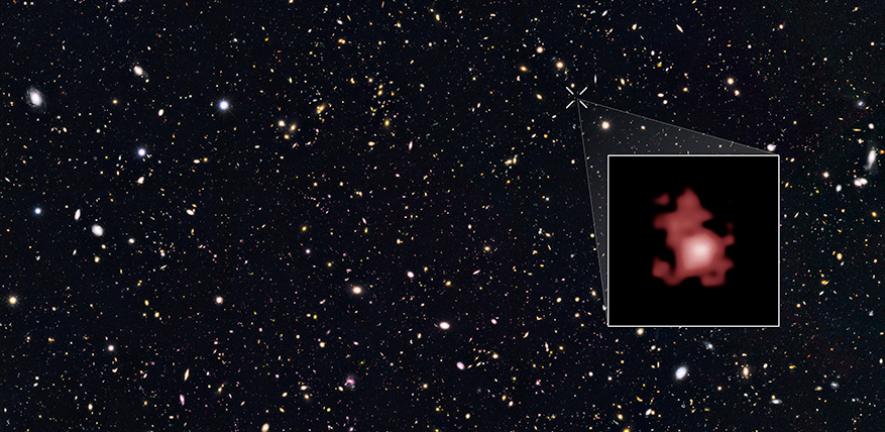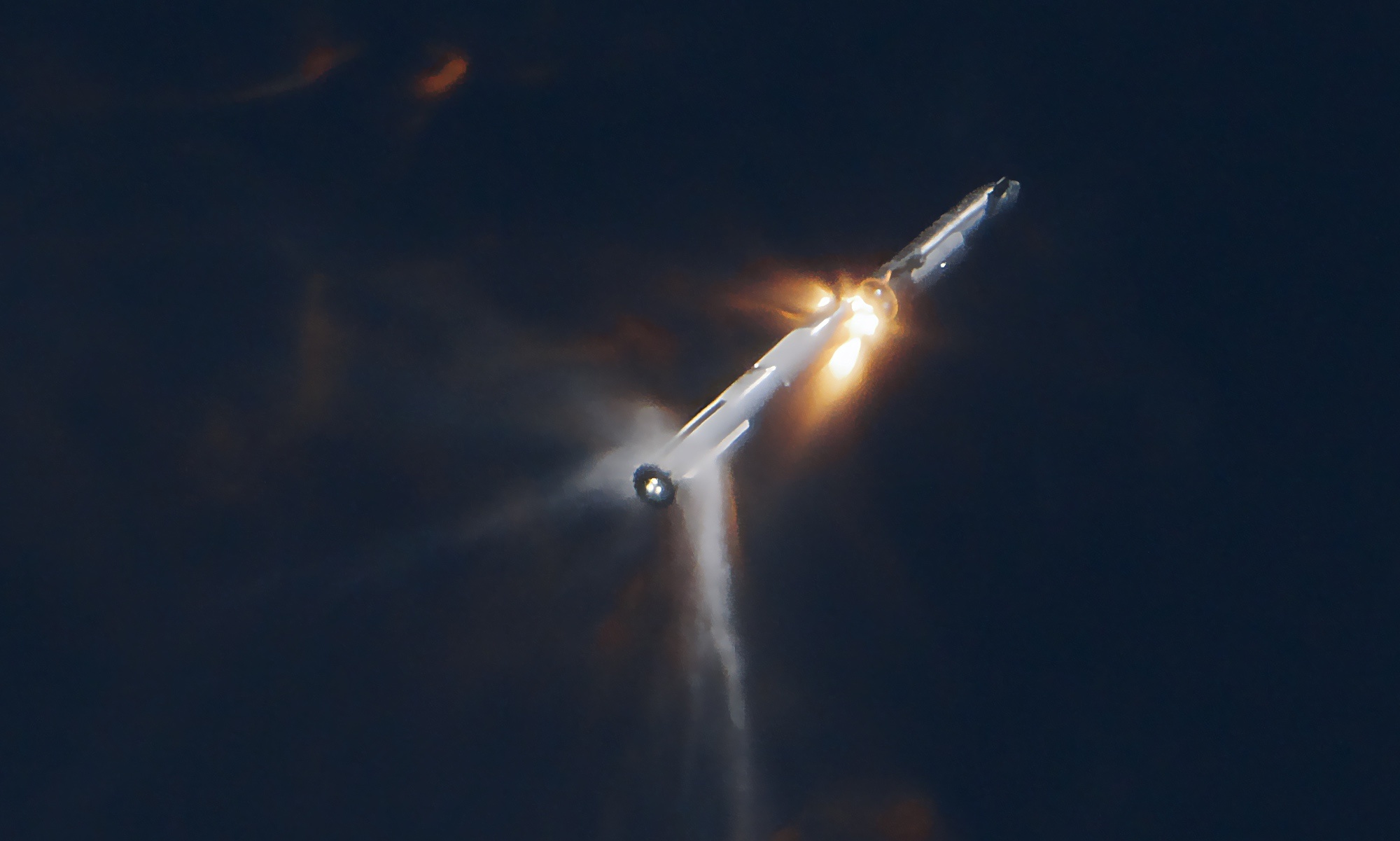In 2010, an exceptionally luminous supernova exploded in a small galaxy about 150 million light-years away called UGC 5189A. The Hubble Space Telescope has kept its eye on this galaxy because of the extraordinary supernova, which for three years released more than 2.5 billion times the energy of our Sun in visible light alone.
Though the supernova, named SN 2010jl, died down years ago, astronomers are still watching its aftermath.
Continue reading “This Galaxy Hosted One of the Most Powerful Supernovae Ever Seen”


